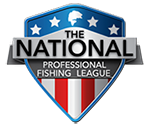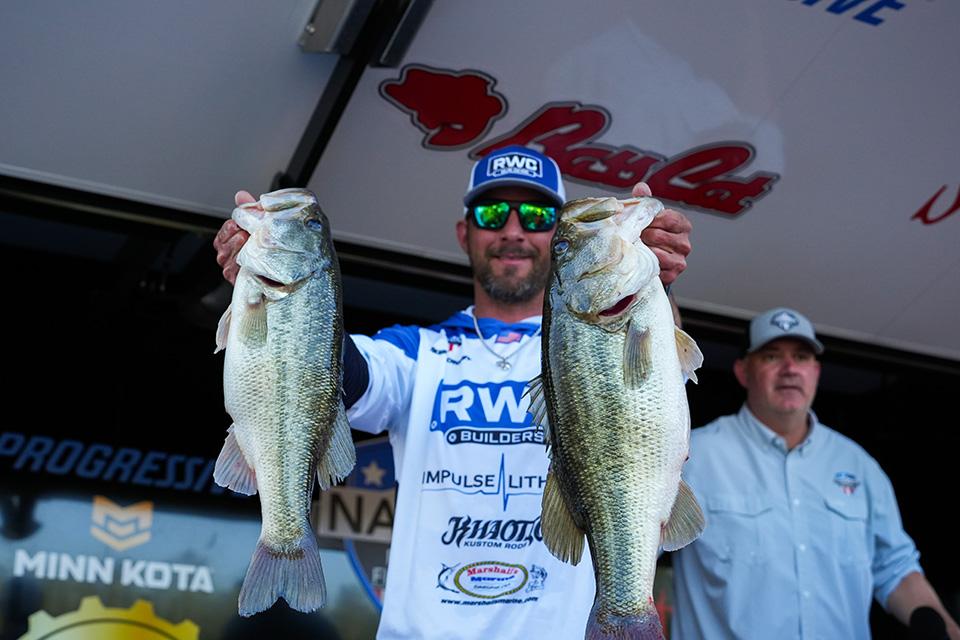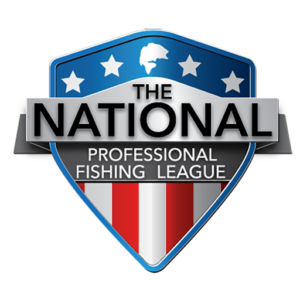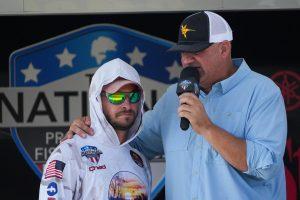With Skeeter Crosby | Photos by Tanner & Travis Lyons
Hometown: Green Pond, South Carolina
Technique: Flippin’ and pitching for pre-spawn and spawning bass
History: The late, legendary Dee Thomas developed the Flippin’ technique in California in the early 1970s after “tule dipping” was banned by most of the local tournament circuits. Flippin’ is a fixed-line presentation method. Pitching—an underhand casting method that gives you more range but is still extremely accurate and quiet—was developed by Tommy Biffle and others in the early 1980s.
Highlights: I’ve won a lot of local tournaments on my home waters of Santee Cooper through the years, and most of them have come by Flippin’ and pitching.
When: Whenever I’m preparing for a tournament, I expect Flippin’ and pitching to be part of my gameplan. I’m always ready to put those techniques into play. Even when they’re not my main method, they’re great when you need a big fish. And my favorite time to pitch and flip is during pre-spawn and spawn, when big bass are shallow and around heavy cover.
Where: During the pre-spawn and spawn, I focus on shallow vegetation and wood where bass hold when preparing to spawn and where they build and protect their nests.
Lures: My favorite lures for this pattern are the Strike King Rage Bug in Black Neon on a 4/0 or 5/0 Gamakatsu G-Power Heavy Cover Worm Flip Punch Hook with a pegged 1/4- or 3/8-ounce tungsten sinker or a 3/8- to 1/2-ounce Flippin’ jig in Green Pumpkin with blue or orange strands. For a jig trailer, I like a Rage Bug—it skips great—or a craw-style soft plastic.
Mods: I will usually trim the weedguard on my jig, but I always want it to extend at least to the hook point. I’ll sometimes trim the jig skirt, but if I want a bigger profile, I’ll leave the full skirt on. A lot of times I like to dip my trailer in chartreuse dye or some attractant. I think a little chartreuse helps it look more like a bluegill.
Line: My go-to line is 20-pound-test Sunline Shooter or Gamma fluorocarbon. If I’m fishing extremely clear water, I’ll drop down to 16-pound-test. I only use braid around heavy vegetation.
Rod: 7-foot-6 heavy action Khaotic Kustom Rods casting rod
Reel: Daiwa Steez 70 CT SV TW casting reel (8.1:1 or 7.1:1)
Basics: My favorite cover at this time of year is laydowns. I start at the outside edges and work my way in, making 20- to 30-foot pitches. Sometimes you can pick off a fish or two before putting your bait in the heart of the cover. Put your bait in tight spots that other anglers are probably missing. Get the bite first, then worry about getting the fish out!
Advanced: Too many anglers go into these shallow areas rippin’ and roarin’ with their trolling motor on 10. I go slow and turn off all my sonar so there’s no pinging. I put my livewell on a timer so it’s not running constantly. I’m in ninja mode and doing everything I can not to alert the fish.





